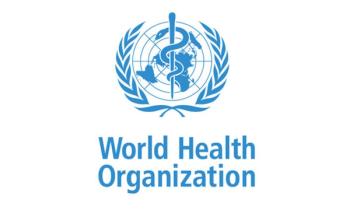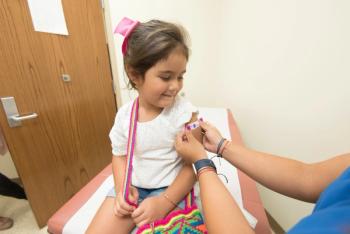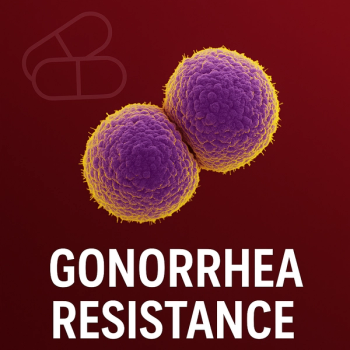Outpatients with cancer were found to be at a greater risk of bacterial infections compared to those without it, according to a new study published in The Lancet Oncology.
“The rates and corresponding (IRRs) [Incidence Rate Ratios] of AMR pathogens per 1000 isolates was also higher in patients with cancer compared with patients without cancer, particularly for carbapenem non-susceptible P aeruginosa and vancomycin-resistant enterococci,” the investigators wrote.1 Addressing a few pathogens, the investigators found the following:
Pseudomonas aeruginosa
Carbapenem non-susceptibility:
- Cancer: 14.4%
- Non-cancer: 11.3%
- Odds Ratio (OR): 1.22
Enterobacterales
Fluoroquinolone non-susceptibility:
- Cancer: 28.0%
- Non-cancer: 21.8%
- OR: 1.44
Carbapenem non-susceptibility:
- Cancer: 1.5%
- Non-cancer: 0.8%
- OR: 1.89
Multidrug-resistant strains:
- Cancer: 8.7%
- Non-cancer: 4.5%
- OR: 2.03
Extended-spectrum β-lactamase (ESBL) producers:
- Cancer: 16.5%
- Non-cancer: 9.4%
- OR: 1.96
Staphylococcus aureus
Methicillin resistance (MRSA):
- Cancer: 53.0%
- Non-cancer: 48.3%
- OR: 1.20
Enterococcus spp.
Vancomycin resistance:
- Cancer: 18.6%
- Non-cancer: 9.1%
- OR: 2.201
“AMR proportions and IRRs for most key pathogens were up to three-times higher in isolates from outpatients with cancer than those without cancer, highlighting the need for enhanced surveillance, infection prevention, and timely diagnostic stewardship to improve antibiotic prescribing in this population,” the investigators wrote.1
What You Need to Know
Patients with cancer were significantly more likely to have antimicrobial-resistant infections compared to non-cancer patients.
The odds of resistance were notably higher for cancer patients across multiple key pathogens.
The findings stress the urgent need for: enhanced surveillance; tailored infection prevention measures; and timely diagnostics and antibiotic stewardship in cancer outpatients to mitigate the higher AMR burden and improve outcomes.
Study Parameters
This large study was conducted from April 1, 2018 through Dec 31, 2022. The investigators reviewed 1,655,594 total pathogen isolates. Of the 2 cohorts involved in the study, 53,006 isolates were from 27,421 patients with cancer and 1,602,588 isolates were from 928,128 patients without cancer. The data was collected from the Becton, Dickinson and Company (BD) Insights Research Database. The study included adults seeking care in 198 outpatient health-care settings in the US.1
Infections and Cancer
For patients with cancer undergoing chemotherapy, they can develop neutropenia which lowers white blood cells and greatly increases the risk for infections.2 Approximately 60% of deaths for cancer patients come from infections, especially those with hematological malignancies.3
According to 1 study, the most common infections are pneumonia and influenza, followed by parasitic diseases and other infections, and septicemia, respectively. Prostate cancer was found to be the most common cancer associated with infectious diseases, followed by breast cancer and Kaposi sarcoma.3
The investigators point out the value of recognizing resistance in these patients. "Improving our understanding of the frequency and consequences of AMR in patients with cancer is a crucial step towards optimizing antimicrobial stewardship and mitigating the possible negative effects of AMR on cancer management and outcomes."1
References
1. Gupta V, Satlin MJ, Yu KC, et al. Incidence and prevalence of antimicrobial resistance in outpatients with cancer: a multicentre, retrospective, cohort study. Lancet Oncol. 2025;26(5):620-628. doi:10.1016/S1470-2045(25)00128-7
2. Preventing Infections in Cancer Patients. CDC. November 14, 2024. Accessed May 13, 2025.
https://www.cdc.gov/cancer/features/preventing-infections.html
3. Muhammed Khaled Elfaituri et al. Incidence of Infection-related mortality in cancer patients: Trend and survival analysis.. JCO 37, e23095-e23095(2019).
DOI:10.1200/JCO.2019.37.15_suppl.e23095



















































































































































































































































































